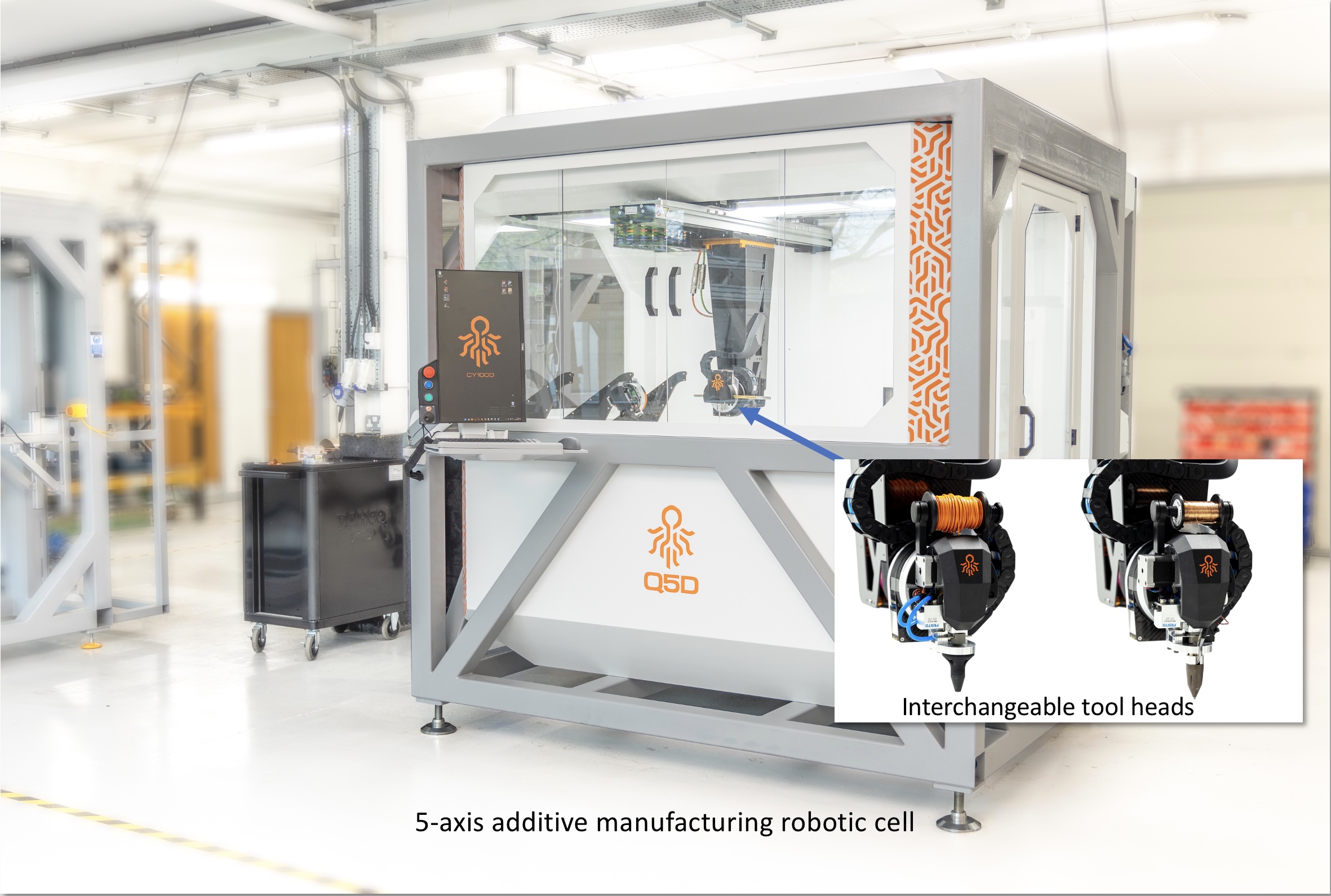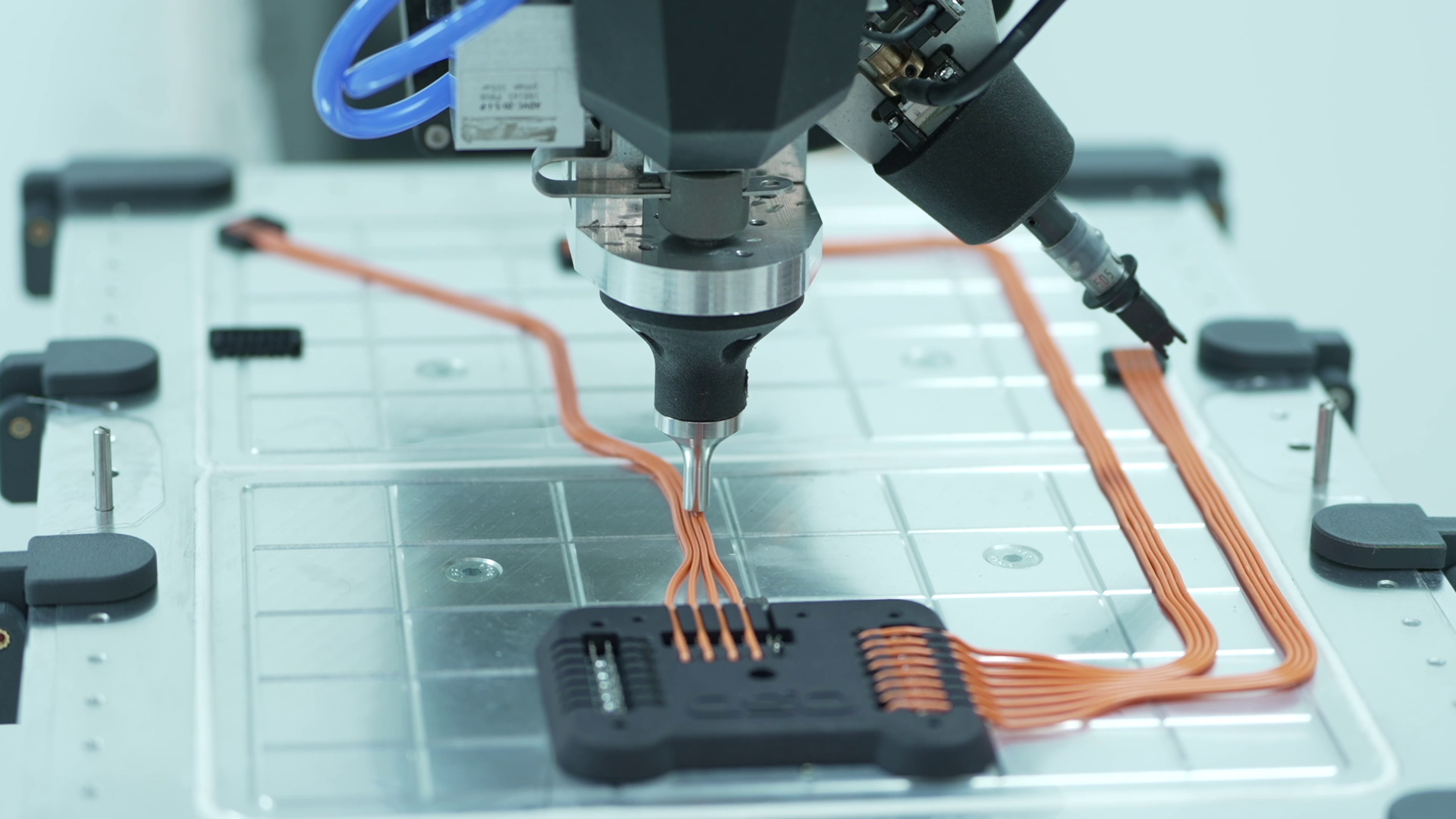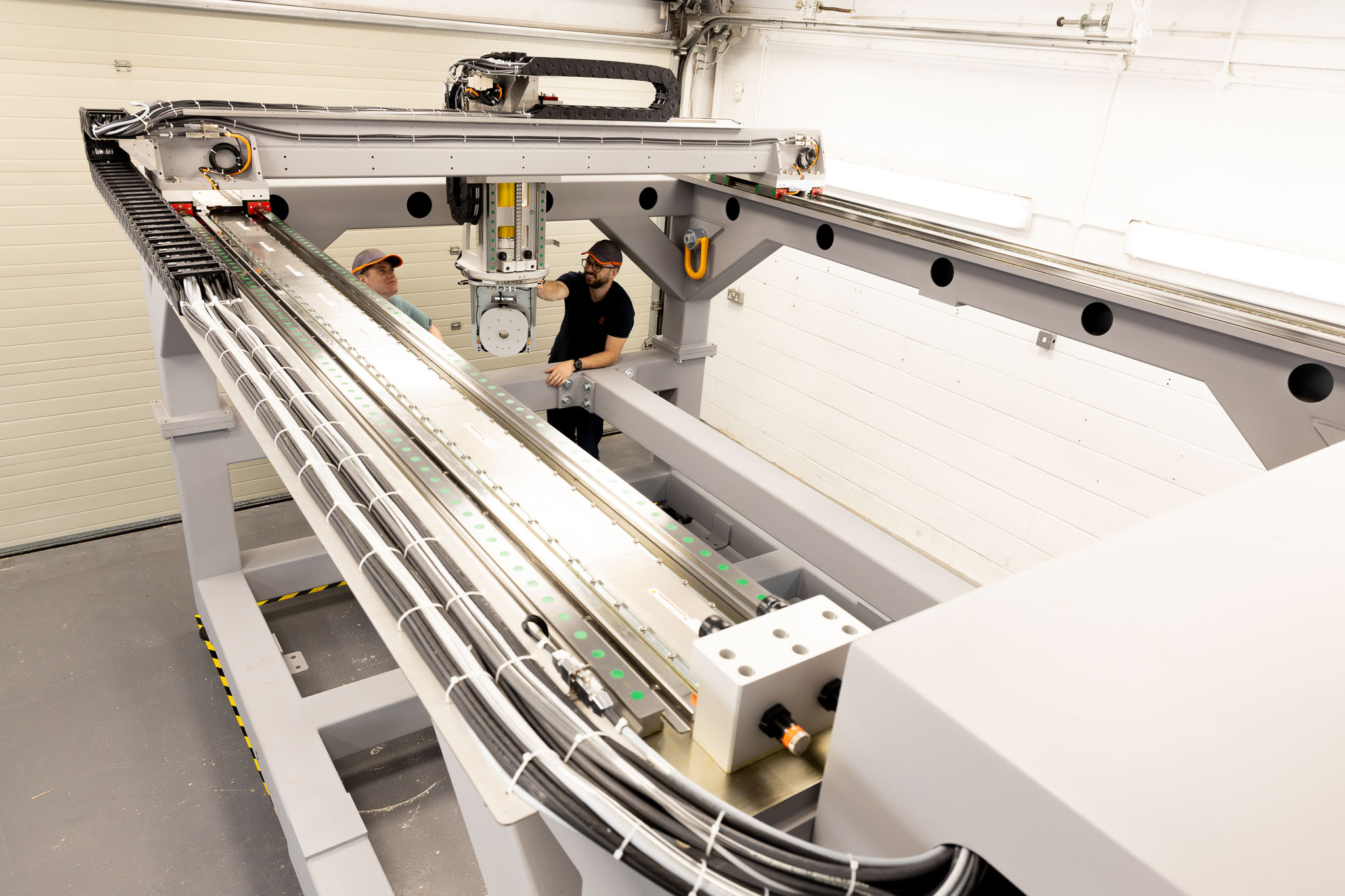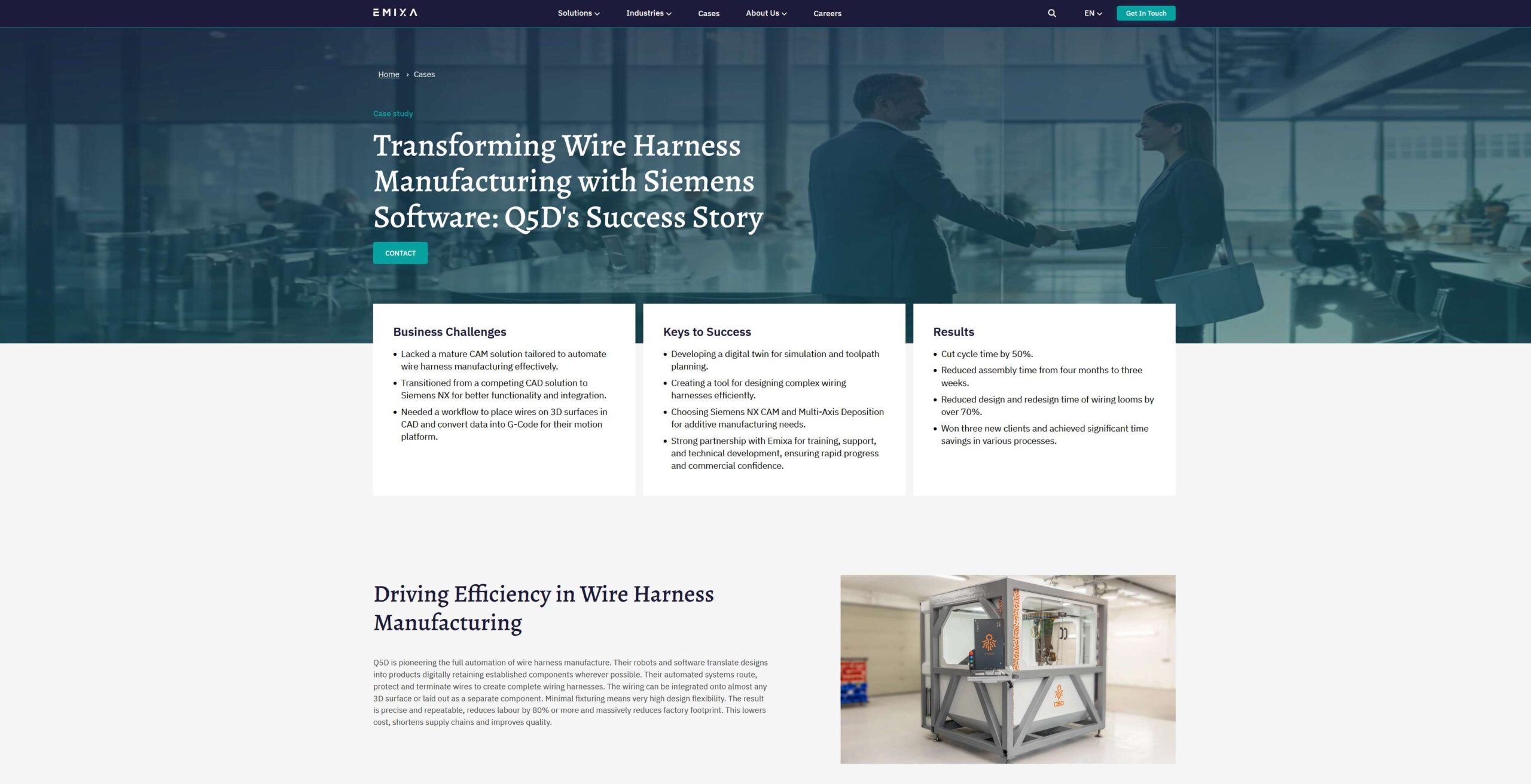Freedom of design – the biggest reason to automate wire harness assembly?
Freedom of design – the biggest reason to automate wire harness assembly?
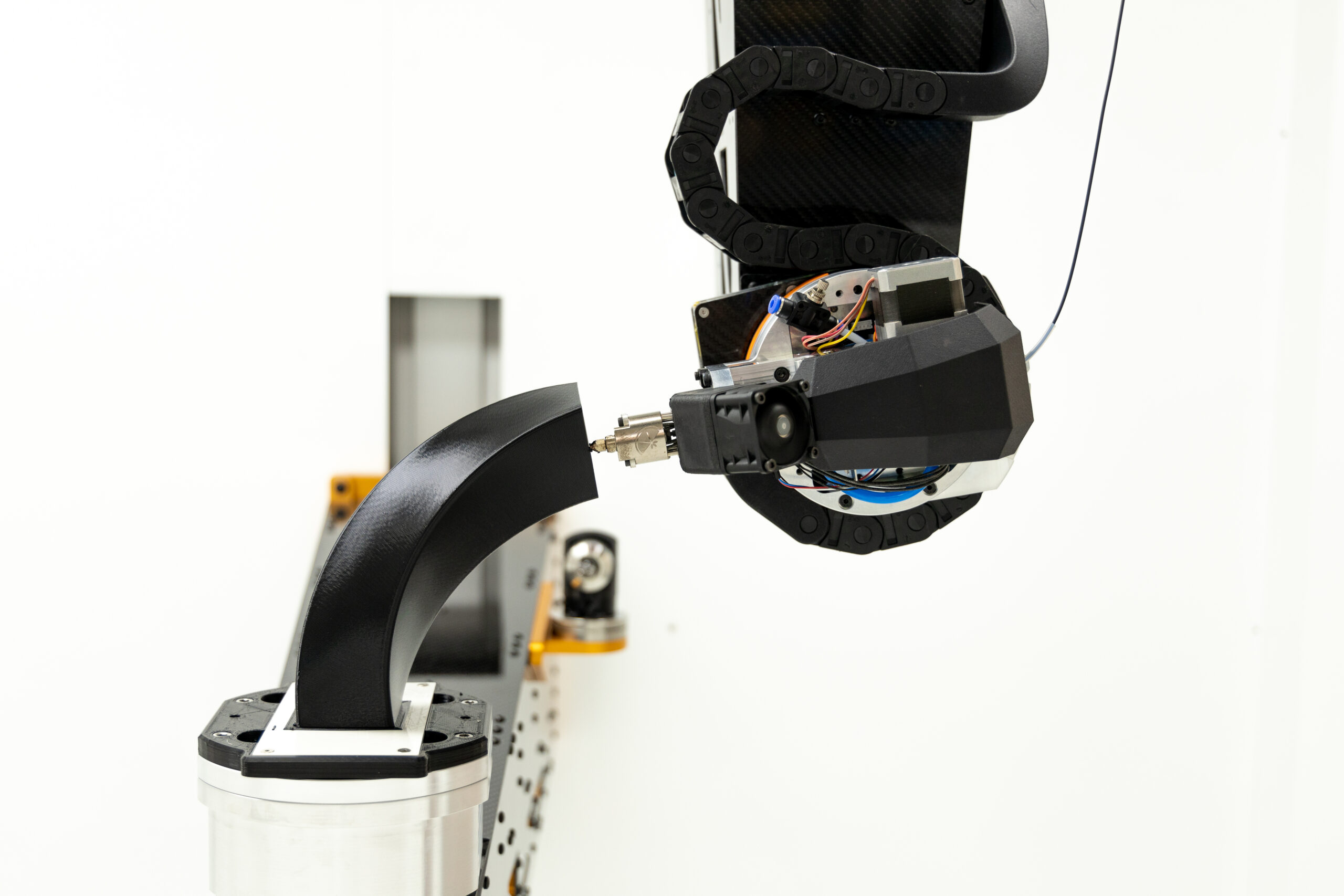
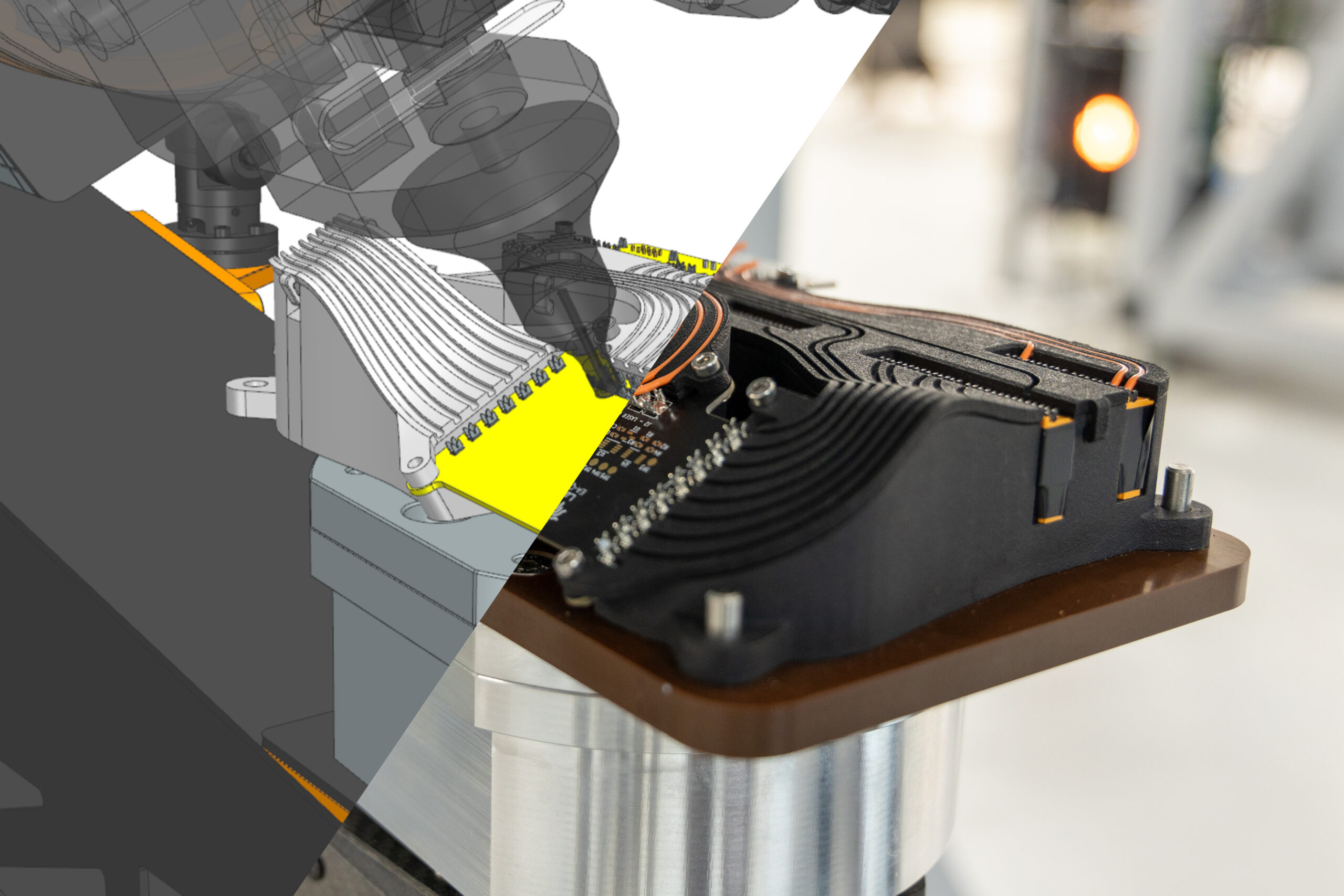

Ready to see Q5D in action?
Contact us to discuss your project.

Of the many reasons to automate wire harness assembly might surprise. No two wire harnesses are ever quite the same. That isn’t very surprising given the largely hand-made nature of wire harnesses, but the inevitable small variations add up to some big tolerances. Designers trying to accommodate the ever increasing need for more wiring to support greater functionality or electrification find themselves arguing over sub-millimetre amounts of space with the electrical team.
Automation of wire harness assembly, and integration into or onto the product can literally open up new possibilities. Might this be the most compelling reason to consider what Q5D is doing?
Automation pretty much always changes the way you design a product and that has been true since the earliest stages of the industrial revolution. Wire harnesses have resisted attempts to automate in a cost effective manner, and whilst there are many solutions for automation of specific wire preparation tasks the assembly has remained largely unaltered and manual.
Q5D approached this problem from a fresh direction. Our founders came from the 3D printing industry and wanted to find a way to add wiring and so make the products they could print, functional. As a result Q5D has developed a range of different solutions which can add ordinary wire to most surfaces.
So why does adding wire to a surface help generate design freedom? Imagine securing wire along its entire length to the surface or component. Wires can be laid over each other too making very specific shapes and following routes accurate to less than +/- 0.5mm. In an automotive application this methodology means clips, tape and other materials could be eliminated, since NVH (noise vibration and harshness) is addressed by the wire being adhered to components like instrument panel toppers, or door cards. This makes fitting the ever increasing number of wires required to support the functionality expected by customers easier.
In consumer electrics many products like power tools are clamshell devices. Anyone who has ever had to dismantle an electric power tool will tell how difficult it is to reassemble the tool without trapping the wires as you do. With wires that are attached to the inner surface by a robot these worries go away.
At the moment it’s too early to anticipate all the ways that this new design freedom might be used. Smaller lighter power tools, cars with heads up displays on all windows, or simply a saving on materials? Automation has always brought change and opportunity.
